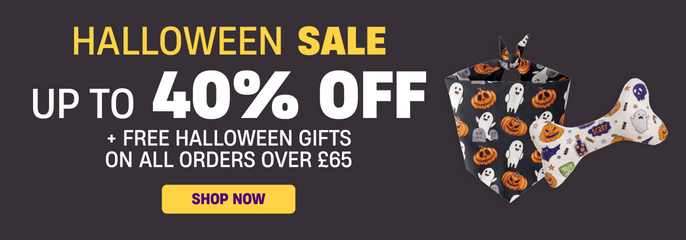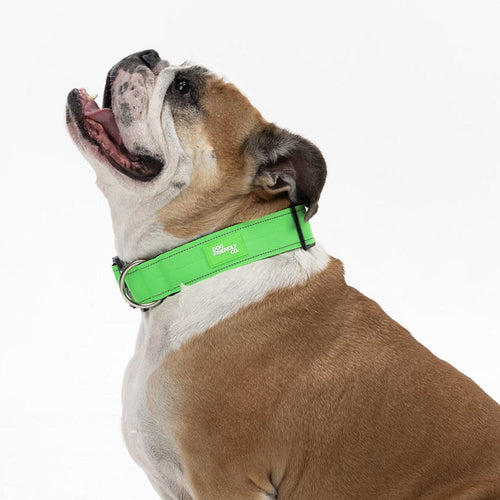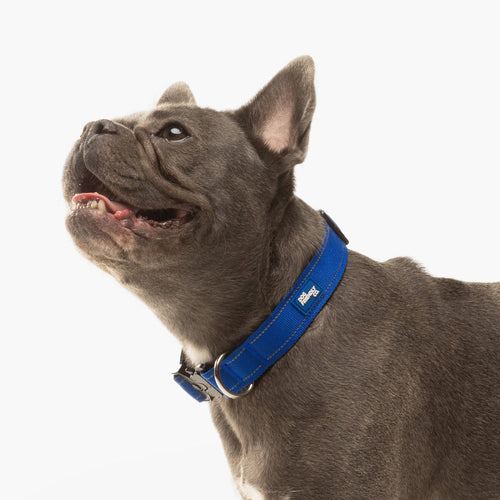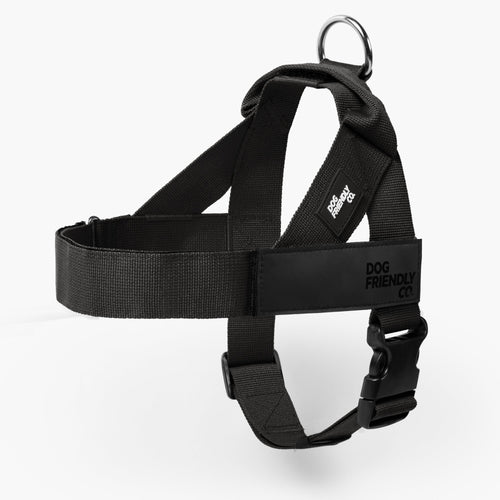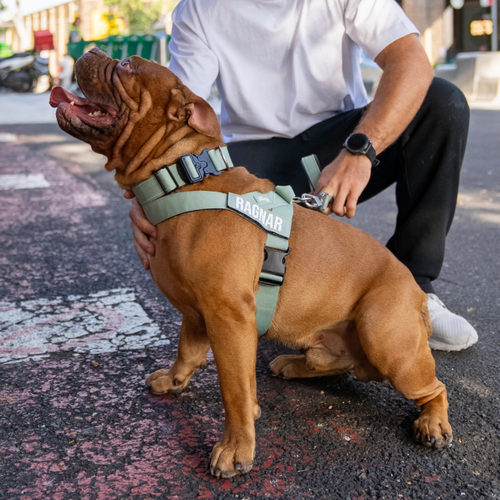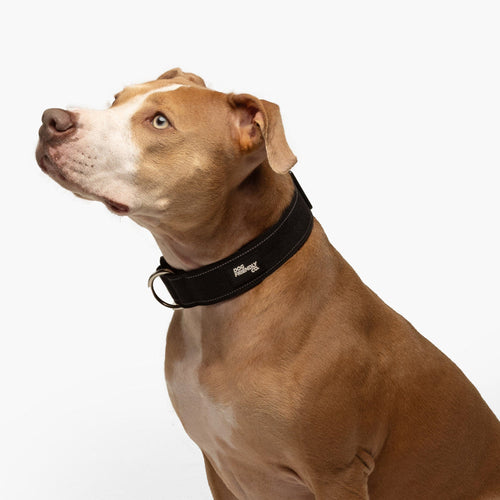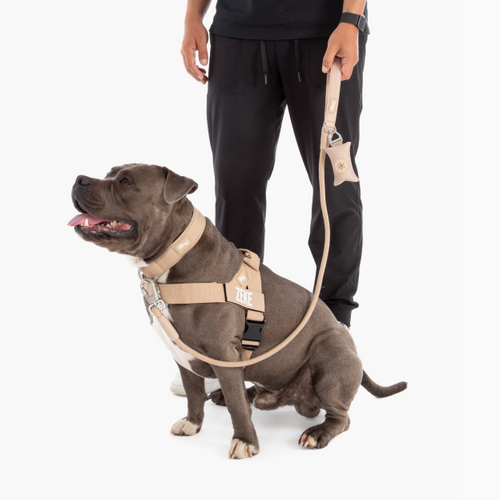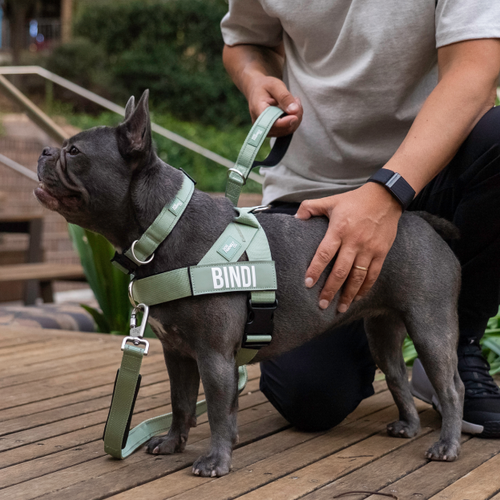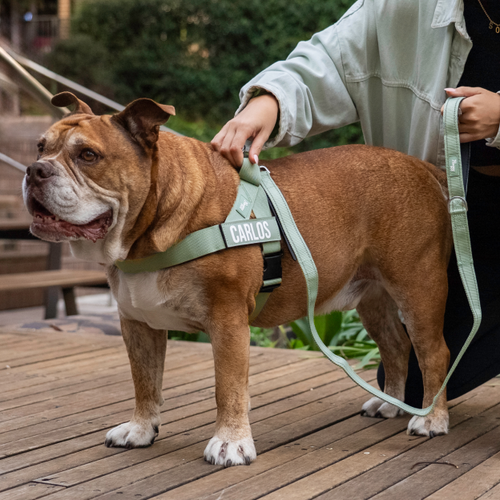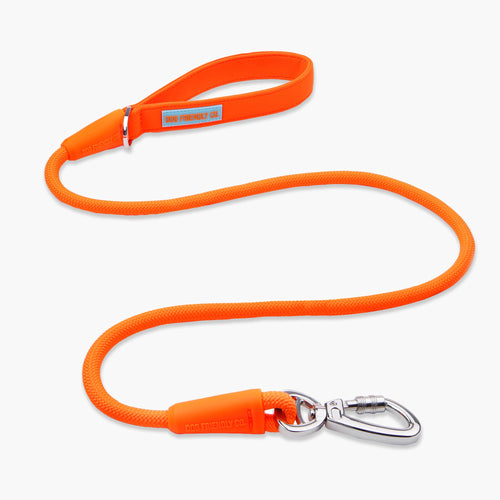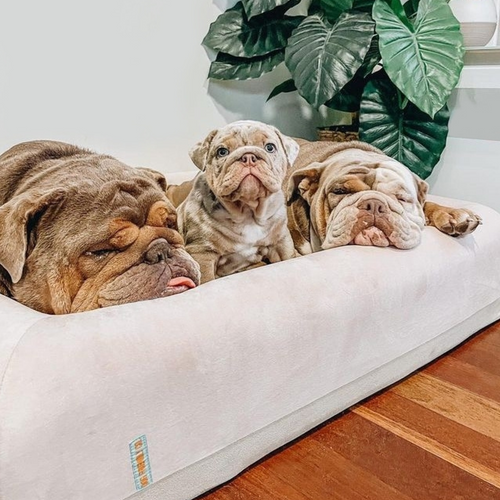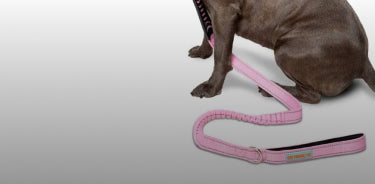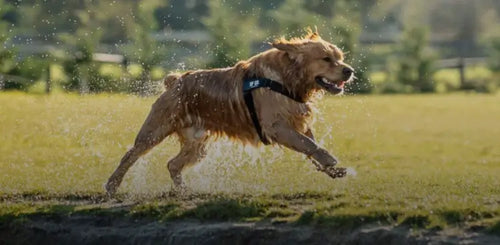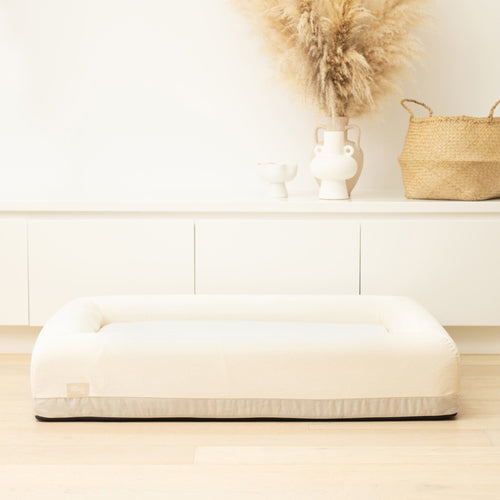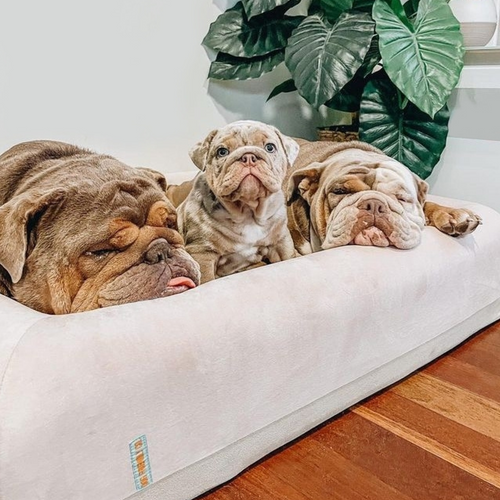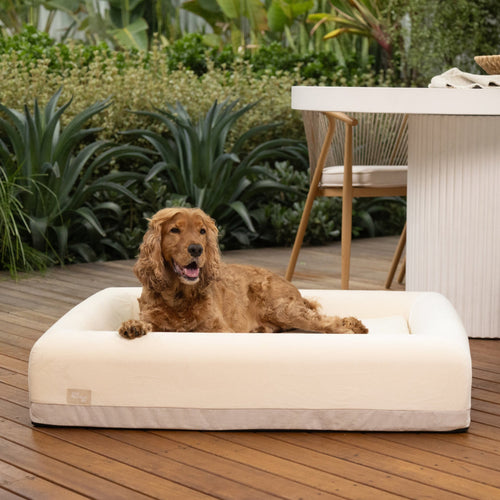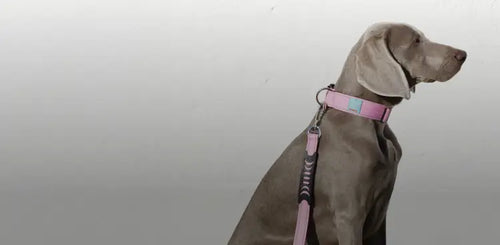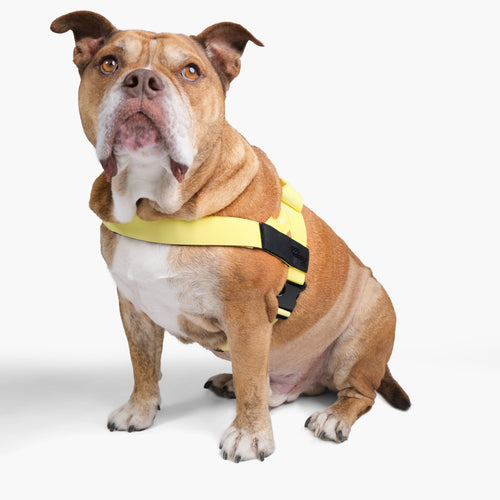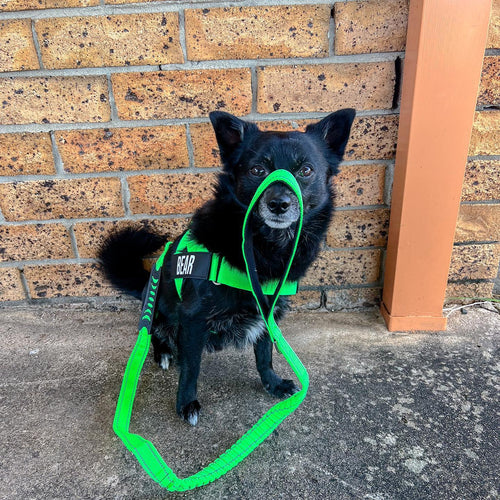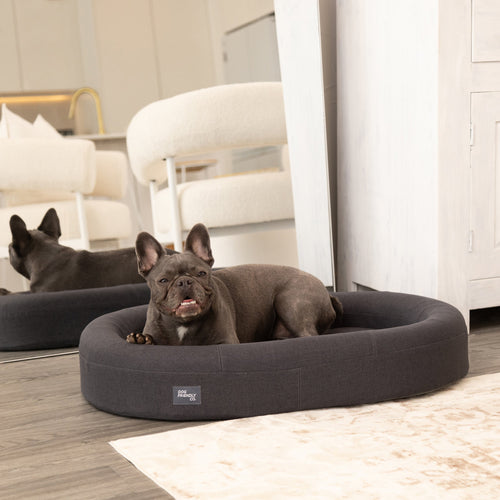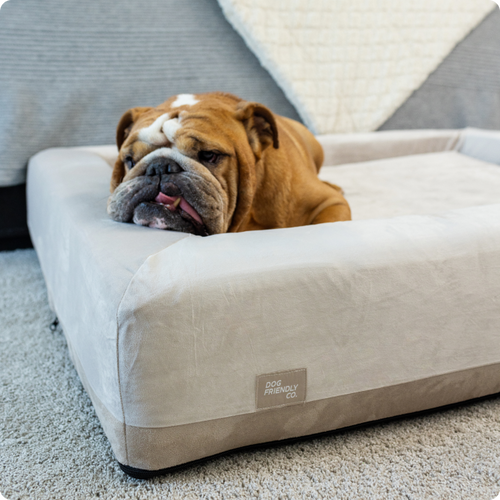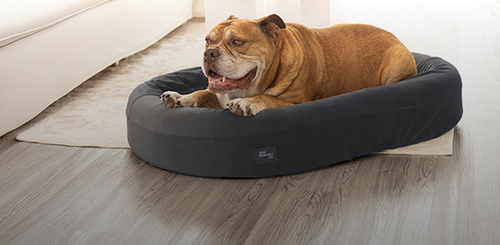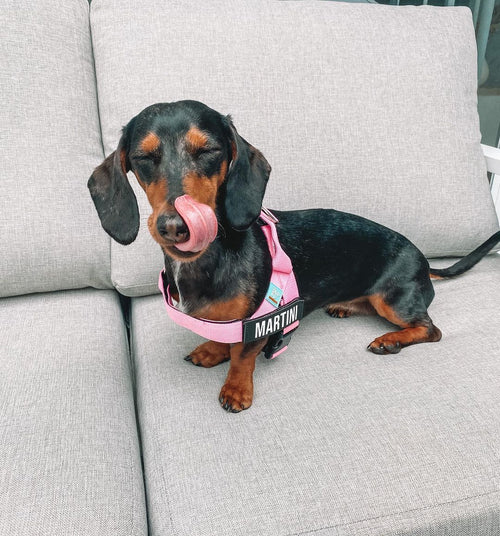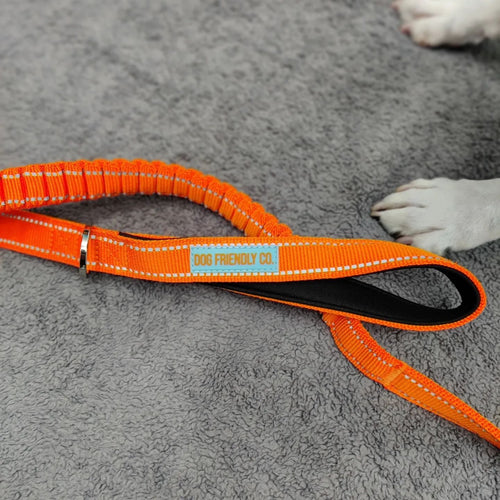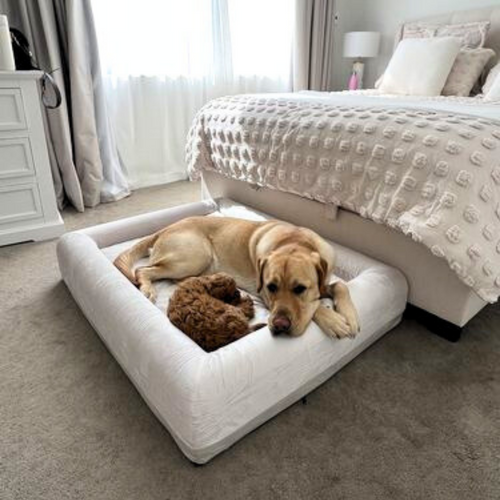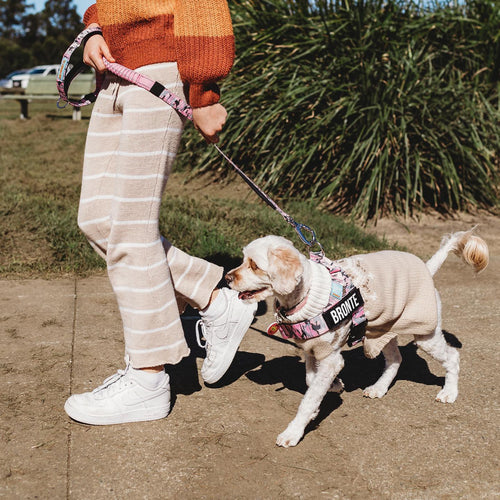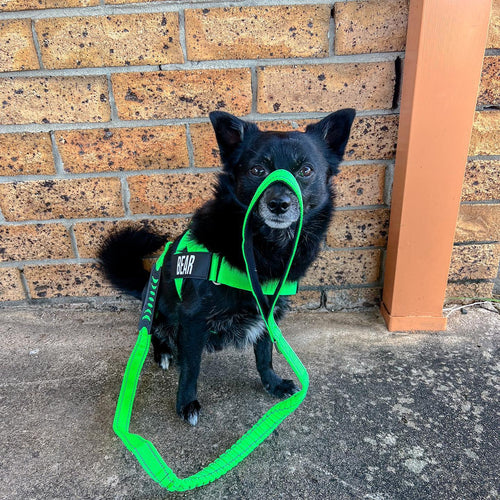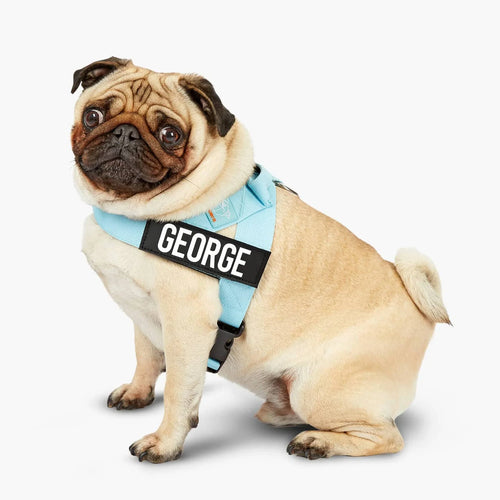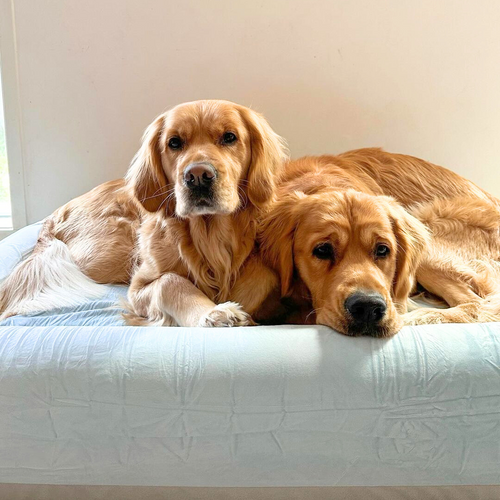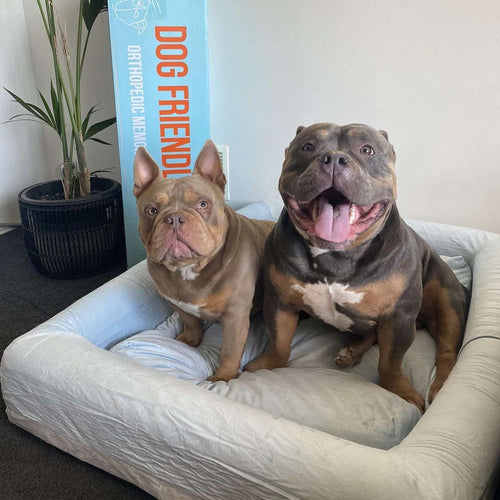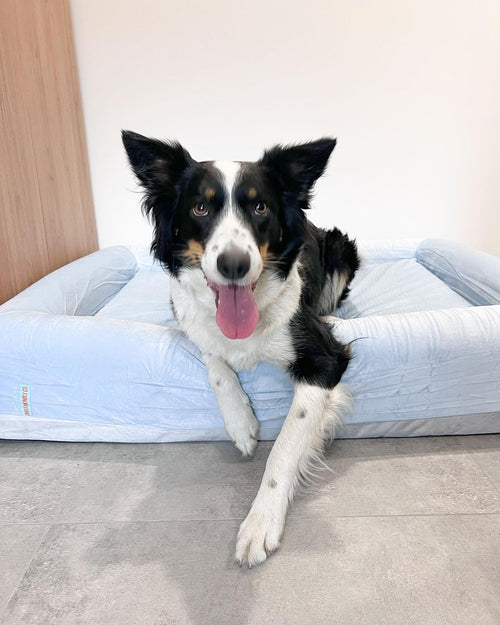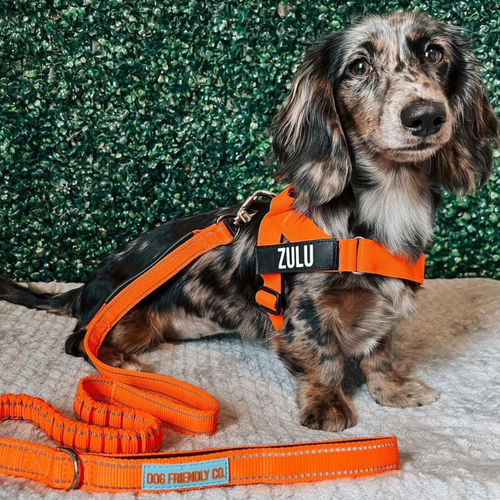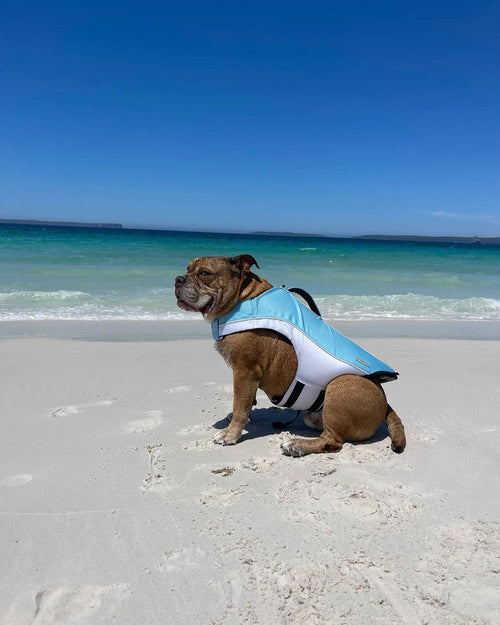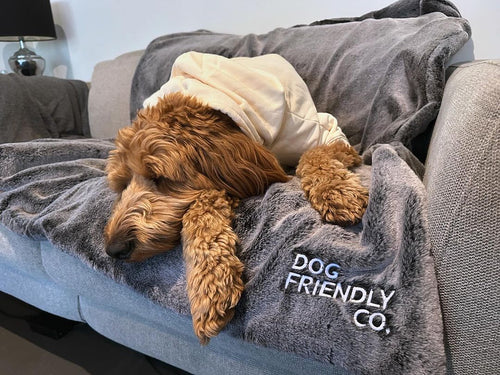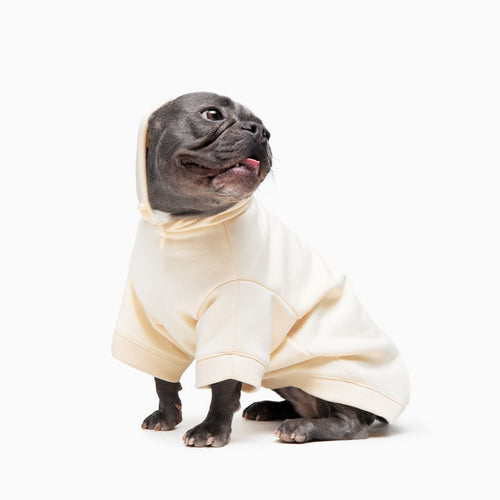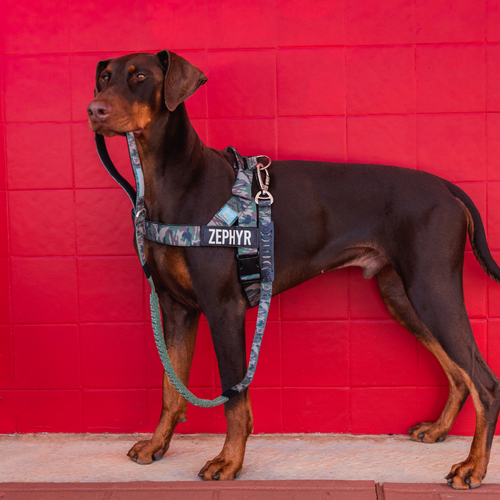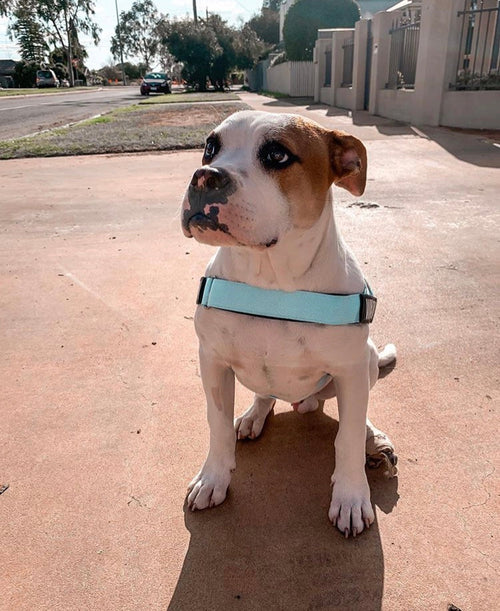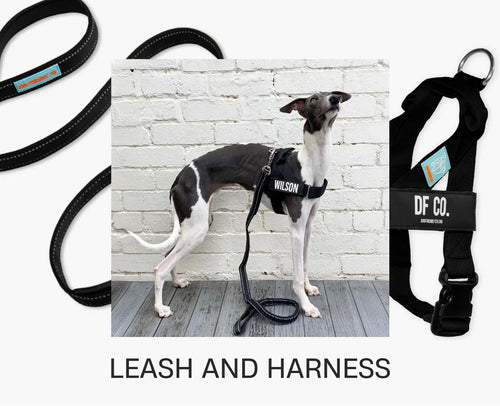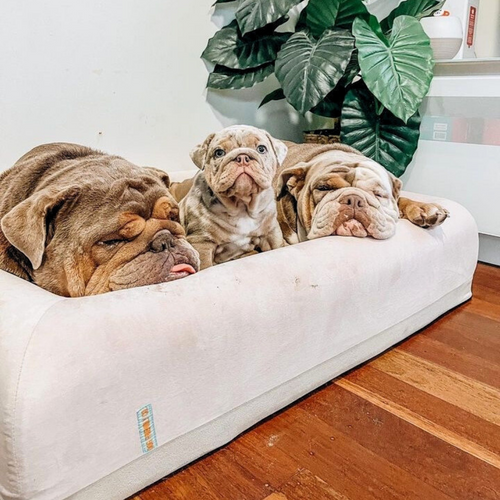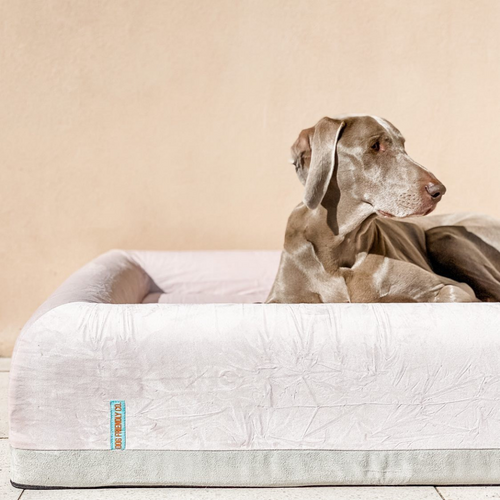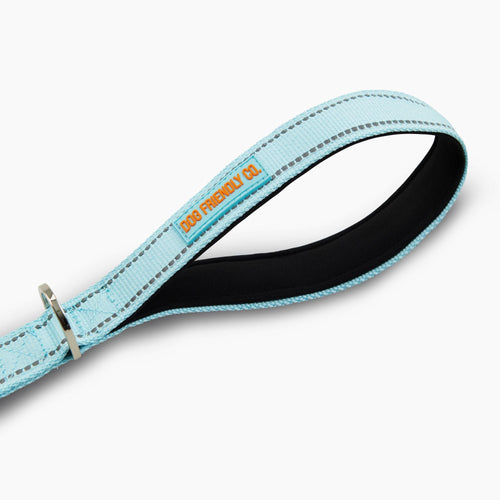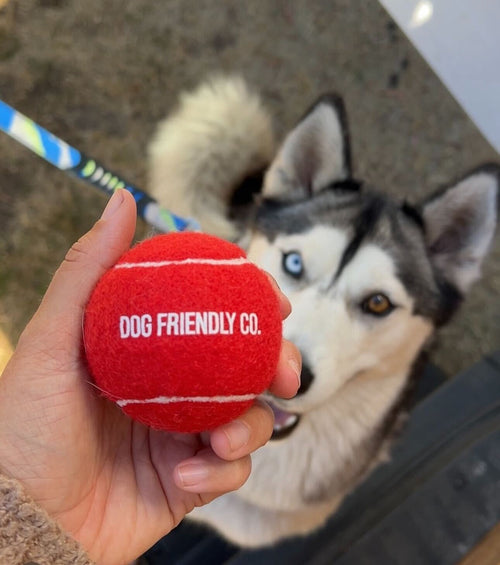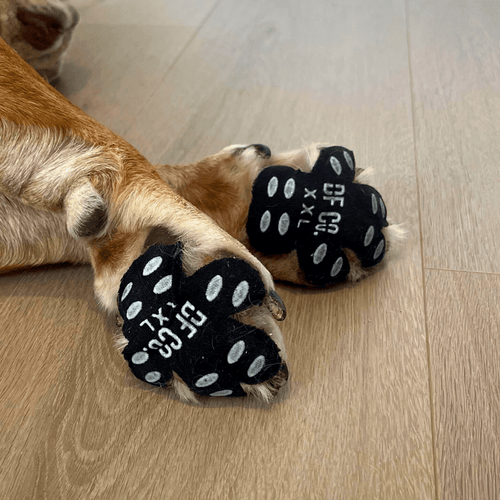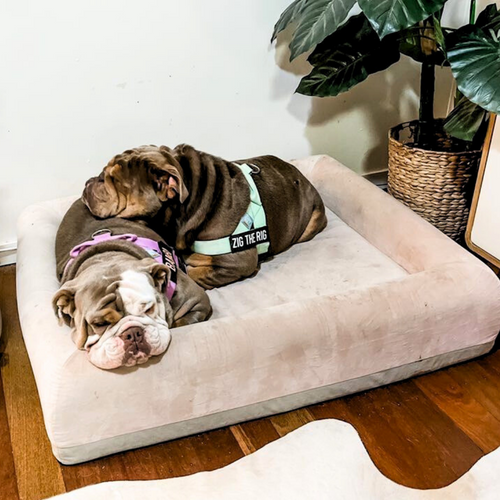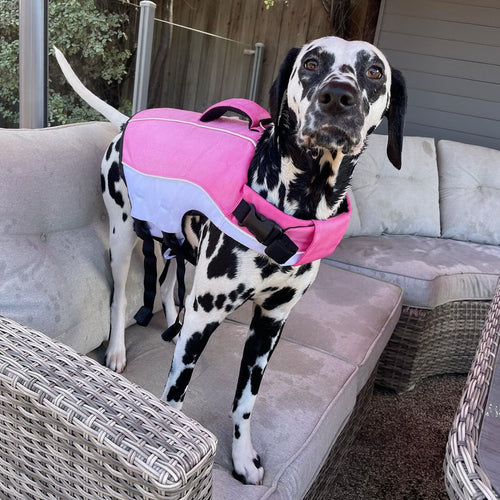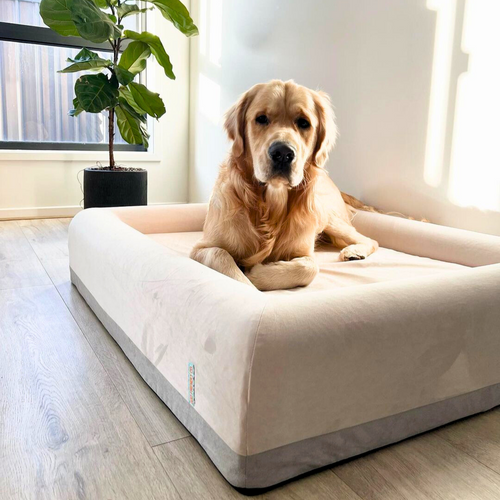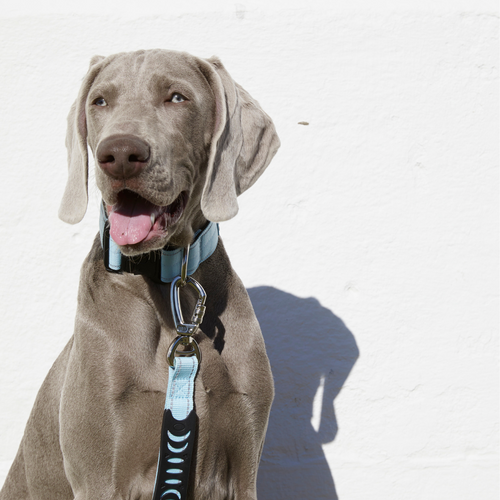The benefits of using a harness for a large dog are obvious: these dogs are often too strong to control easily without a harness, meaning using one is more comfortable for both of you. However, what about small dogs? There are harnesses for dogs of all sizes for a reason: there are many benefits of using dog harnesses for small breeds.
They Prevent Neck Strain
A small dog harness distributes pressure across the entire body of the dog rather than concentrating the pressure on the neck area. This prevents neck strain, which is a possibility if you’re using a collar and your dog is constantly pulling.
Improved Control
With a dog harness, you have more control over your dog. This is obviously important for large dogs, especially when they’re almost as strong as you. However, even small dogs are often strong. Improved control means you’ll be able to prevent your dog from causing problems. In particular, this will minimize the risk of your dog breaking free from your hold, which may happen if she slips out of the collar.
More Comfort and Safety
A dog in a harness will be more comfortable and safer for both you and your pooch. There will be less pulling on the leash for you to control and your dog will experience less pressure on her neck. Plus, if your dog has back pain, using a harness may alleviate this.
Is a Harness Better Than a Collar for a Puppy?
Dog owners often wonder when they should start using a harness on puppies. Do you need to begin with a collar while your dog is still very small? In fact, you can use a harness with dogs as young as eight weeks, which is the same age you can start using a collar. Depending on the breed of your dog, your vet may recommend a harness. Alternatively, you may decide you prefer it for the many benefits. In either case, if you will be using a harness on your dog when she’s older, it’s better to get her used to it early. For a tiny puppy harness, look for the smallest sizes, such as XXS.
Are Harnesses Bad for Dogs That Pull?
Another concern for dog owners is whether a harness may hurt or be uncomfortable if their dogs pull. Worse, will it make the dog learn to pull more? The good news is a harness won’t injure a pulling dog or lead to more pulling. Furthermore, there are no types of collar that will help with the problem of pulling — collars will only make pulling more uncomfortable for both of you.
Reduced Risk of Injury
Pulling hard on the collar is dangerous because it may lead to injuries, including tracheal damage and throat irritation, if the leash digs into your dog’s neck. It’s especially important to avoid straining small dogs because it’s easy to accidentally pull them too hard. The best harnesses have padding on the straps to prevent any part of the body from receiving too much pressure. You should also choose an adjustable harness to ensure it fits your dog perfectly.
With some harnesses, there is a risk of injury to the shoulders. Avoid this by finding a design that allows your dog to fully extend her forelegs. Bear in mind that straps directly behind the front legs and a strap on the front of the chest may make it more difficult for your dog to move. A simple yet sturdy design, however, will provide you with control without reducing movement and straining the shoulders.
A Great Training Aid
A harness is great for training a small dog. It’s often more effective than a collar for guiding and correcting their behaviour.
How to Put a Dog Harness on a Small Dog
To use a harness as a training aid, you’ll need to put it on correctly to ensure your dog doesn’t feel stressed by the new sensation. Harnesses come in many different styles, meaning the way you put it on your dog may depend on the model. However, there are two main types of harnesses for small dogs: ones your dog steps into and ones you put over her head.
To put on a step-in harness, lay the unbuckled harness on the floor with the chest cover facing down. Make sure the part that goes on her back is on the top. Gently pick up each of your dog’s front paws and place them in the loops (they may be labeled left and right). Then, pull the harness up towards her chest and clip it on her back.
For an overhead harness, slip the neck loop (typically the circular part without the buckles) over her head. Make sure the chest pads (or the larger part) are on the underside. Then, slip each of your dog’s paws through the side loops.
Once you’ve put the harness on for the first time, reward your dog with treats and praise.
Dog Harnesses vs. Dog Collars
Dog collars are not necessarily a bad idea. In fact, they are often just as useful as harnesses. What matters is that you’re using them in the right situations.
You should use dog harnesses for:
- Preventing injuries to the neck
- Walking a dog that pulls
- Gaining control of your dog’s head, such as if you have a working dog
Whereas dog collars are for:
- Keeping ID tags around your dog’s neck
- Encouraging your dog to walk by your side
- Looking stylish
By now, it should be obvious that a harness is a great idea for a small dog. Find a high-quality harness for your small dog — along with an anti-shock bungee leash and custom name patch to make your walks as safe and comfortable for both of you — in the Signature Kit from Dog Friendly Co. Pick the size and colour you want and request the text for the name patch to create a personalised set for your dog.
And for a new puppy, check out our puppy starter pack!
